Still rollin’, so join me again as I repair a bea-utiful Accuphase DP-77 SACD player.
Welcome back, everyone! In the interests of maintaining a little variety for you, this time I bring you something digital, a stunning Accuphase DP-77 SACD player, from 2002.
Briefly, regarding article topics, as I was chatting with a customer about this the other day: I mentioned that I find it much easier to write about equipment that I’ve just worked on, that’s still fresh in my mind, than some of the epic, larger jobs from months or even years ago. Larger and longer ago are harder, smaller and more recent, easier.
You can see recent equipment I’ve serviced, repaired and overhauled on my popular new On The Bench page. I’ve also created a News page that covers Liquid Audio and Liquid Mike stuff, like new acquisitions, repairs to my own gear, new music purchases, etc. In the meantime, please excuse the stream of recently worked on equipment!
Background
I’m not generally a fan of SACD players as they can be unreliable, lasers are often quite short-lived, and the music catalogue is narrow/weird (to me, but then I’m about to see Blood Incantation live…) and of questionable provenance in many cases. That said, if you are going to buy one and want it to have at least some chance of being repairable later, you might as well splurge on an Accuphase SACD player like this DP-77.
(I know what you’re all wondering: Mike, who/what is Blood Incantation…?! Oh, just the best progressive metal band you’ve never heard! Now, back to the story.)
The Accuphase DP-77 was the second-best integrated CD/SACD player Accuphase made in 2002, and retailed for $8000 USD. Eight grand! Sweet Lord! If you wanted better than this, you needed to purchase the Accuphase DP-85, Accuphase DP-100 and DC-101, or better still, get the remaining stocks of what I have, the DP-90B and DC-91. The DP-77 was superseded by the Accuphase DP-78 in 2005.

The DP-78 featured two more of the even better, legendary AD1955 DAC chips, for a total of six! That’s only 10 fewer DAC chips than in my Accuphase DC-91! The current best integrated player design Accuphase sells is the sublime DP-770, a cool $35,000 AUD or around $23K USD.
With all this in mind, you’ll understand that players like this DP-77 are no joke and fixing them should be attempted at almost all costs. You’ve little to lose after all, even if spending up to a grand or two, and this was far less than that.
Compared to other SACD players I’ve worked on, like the Marantz SA-11S1 or the Musical Fidelity TriVista SACD, the Accuphase DP-77 is in another league entirely. The Marantz is OK, though failure-prone. The Musical Fidelity, sadly, has poor build and parts quality and bears no comparison engineering-wise. Pretty on the outside, though.

Accuphase DP-77 Specifications
Courtesy the legends @ HiFi Engine (adapted by Liquid Mike)
Disc format: CD, SACD
Digital converter: 24-bit MDS plus (4 x AD1853)
Frequency response: 0.5Hz to 50kHz
Dynamic range: 110dB
Signal to Noise Ratio: 114dB
Channel separation: 108dB
Total harmonic distortion: 0.0008%
Line output: 2.5V (unbalanced), 2.5V (balanced)
Digital connections: coaxial, optical
Dimensions: 475 x 151 x 397mm
Weight: 17.7kg (the term ‘solid’ is an understatement)
Repair
This Accuphase DP-77 belongs to one of my best customers and a fellow Accuphase enthusiast, and it needed some TLC. The unit had run well since being purchased, when I first went through it. The unit never played SACDs, but played CDs well, though her ability to play CDs had started to decline. This had all the hallmarks of laser failure, which I confirmed with testing.
I sourced a ‘new’ mech for the owner and arranged for him to drop the player in. It’s worth noting, however, that there are no real ‘new’ lasers or complete mechs available for these players any more. Accuphase doesn’t stock them because they are no longer available, meaning ‘official’ repair of these players is no longer possible. Note that this is common with many older CD and SACD players.
What we typically find, and is the case with the unit I’ve used here, are ‘remanufactured’ units described as new, some of which work well and some of which do not. This means that repair of some older SACD players is a bit of a gamble, something to keep in mind. The trick is to find a good source or sources of such parts.
I’ll explain more about this, and about how much these mechs changed over time, as we go, so: let’s go!



I will say this, though, about the KMH-230AAA and other SACD mechs like it. That laser mech, the replaceable part, even back in 2002, was so far away from the mech in my earlier DP-90, for example, that it’s humorous to even compare them.
Go back to my article on the DP-90 and see how that mech is constructed with a machined stainless steel disc platter vs the plastic above, sapphire ball bearings vs brass bushing above and Sony’s best laser vs lasers that last half the time above, and you’ll understand.
This was just how things changed with the advent of SACD, but I never liked that change. Everything AROUND the mech, ie the bits that Accuphase made, is of the same high standard. But the Sony part – the mech itself – is literal junk compared to mechs of old. I’m not here to rag on Sony; these parts needed to cost much less than they used to, as labour and manufacturing costs continued to rise. Market forces, ‘improvement’, eyes glazing over, etc …



Note the greased (by me) left laser traverse surface on the Accuphase original and the dry, though clearly used surface of the replacement on the right. This is one of several parts of the replacement mech that receives attention, to ensure it runs as smoothly as possible.
It’s worth noting that replacement mechanisms often fail to work not because they don’t actually work, but because of technician error or failure to attend to details I allude to here.



Results
I’m sure you’ll agree, for a beautiful SACD player like this to read SACDs and CDs perfectly again is a huge win, especially considering the affordability of this repair. Great players like this DP-77 are relegated to becoming oversized DACs or even doorstops when they fail in many cases. Not here.

The owner is, of course, overjoyed because, in my typically conservative approach, I’d warned him of this not very inspiring doorstop possibility. So, when we tried a couple of SACDs he owned and watched the TOC and titles appear in short order, the grin on his face was predictable.


You can find these lovely players for not too much money now, and that’s precisely because of some of the problems with SACD players and laser supply that I’ve noted in this article. My feeling is that, as long as you don’t pay too much for one, you have a potentially great integrated player, and at least an excellent high-resolution DAC, for a good price.
When we factor in that repair is sometimes possible, as it was here, for example, giving access to a catalogue of SACDs that contains at least a few interesting titles, well-priced older Accuphase players like this are even more interesting. Just remember that the repair of older SACD players is not always possible. Even newer ones have a horrible tendency to fail after just a few years, so proceed with caution, don’t spend too much, and you should be OK!


Thanks!
As always, thank you for visiting, I hope you found this article informative. If you have an Accuphase CD or SACD player you’d like me to look at, you are welcome to contact us.
Sidenote: As you know, very little original, quality, trusted content like this exists. That’s always been a big driver in my creating it. I was recently asked: Who pays me to write these articles? My surprised reply was “Nobody!”, though that would be nice!
This site is 100% independent and ad-free. Everything is photographed and written by me, on my own dime. Loyal customers and supporters can help support my work by commenting, liking, sharing, and subscribing, and by donating using the button in the footer. Recent donors are listed in the sidebar/footer. Tell your audio friends because it helps me, which helps you!
Discover more from LiQUiD AUDiO
Subscribe to get the latest posts sent to your email.

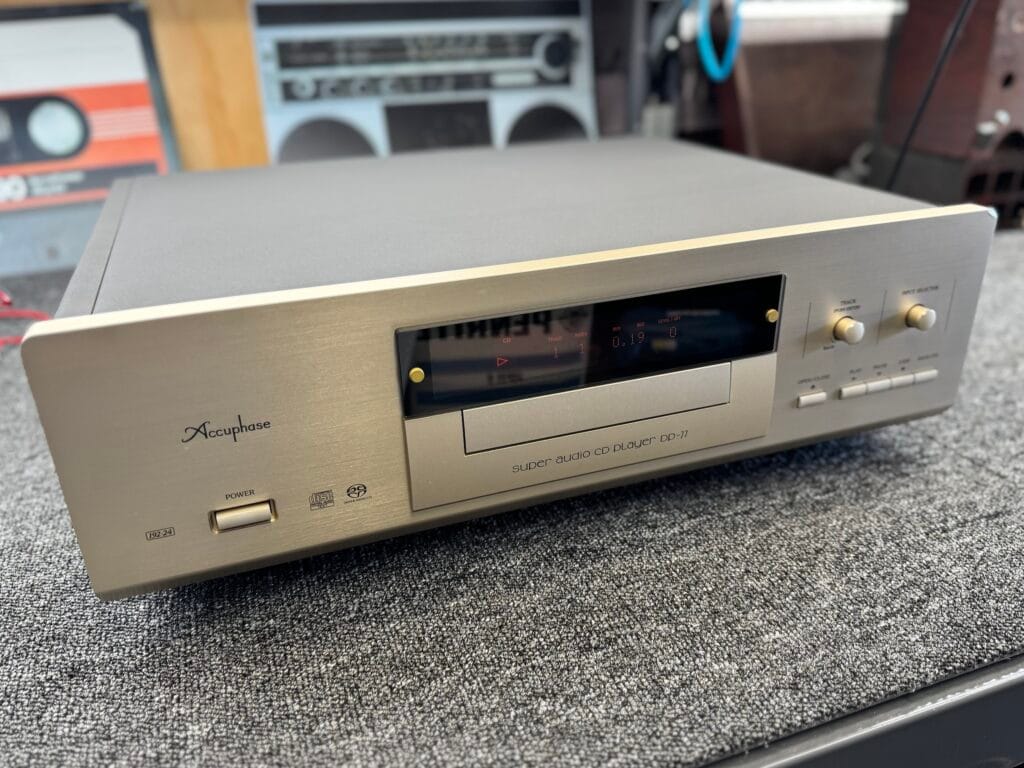
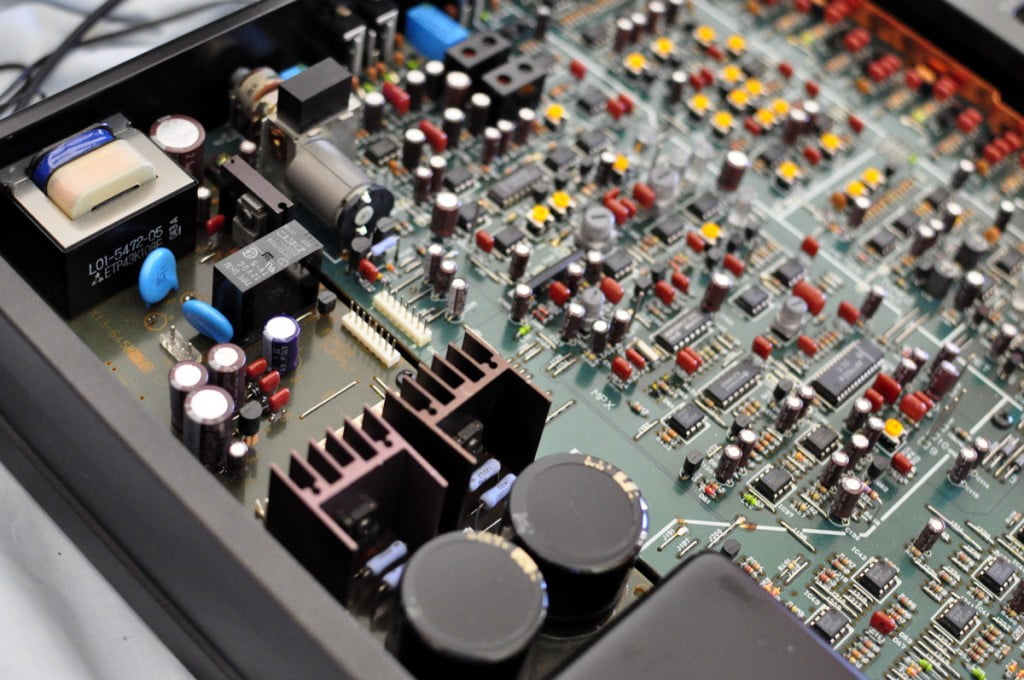
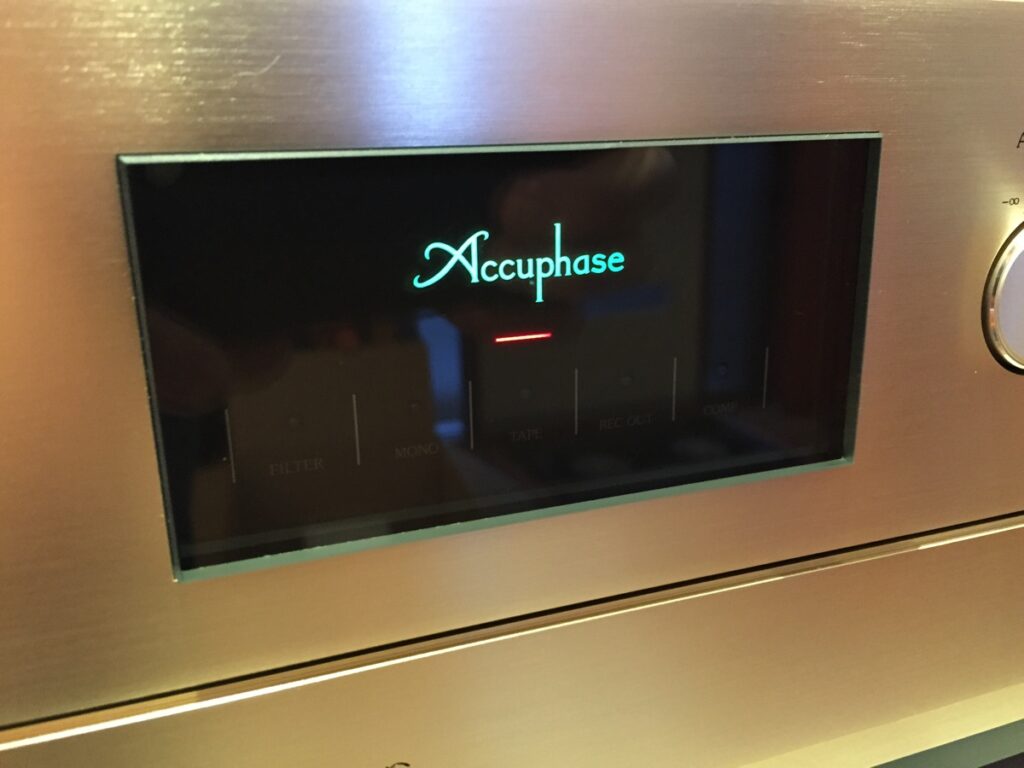
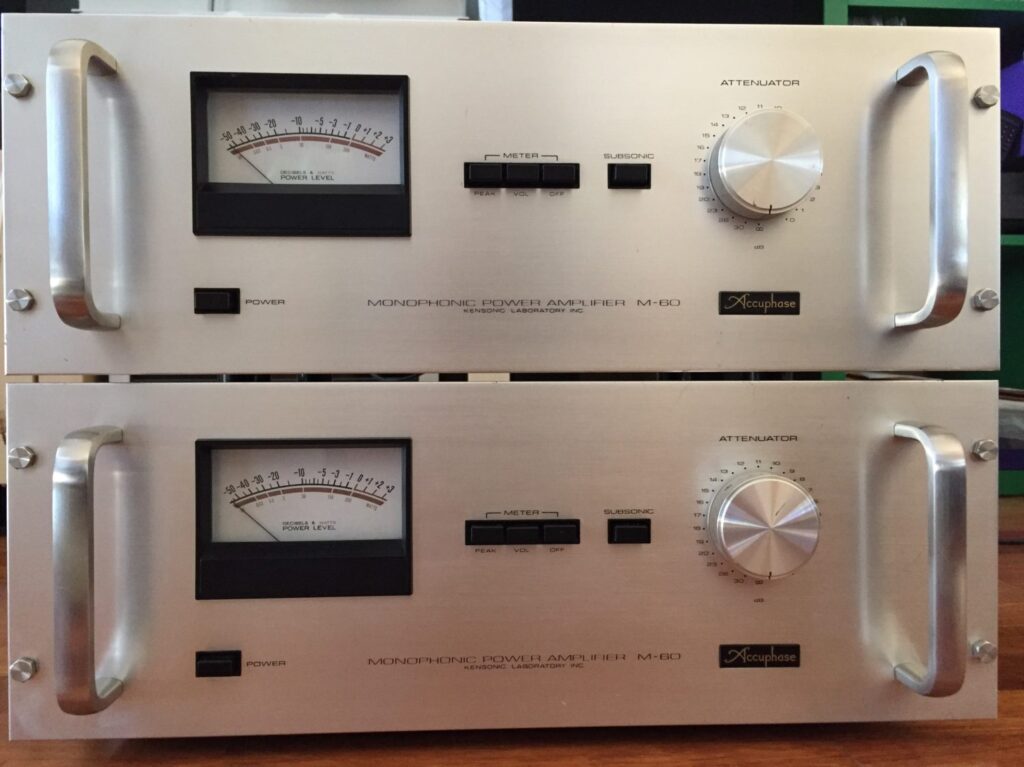
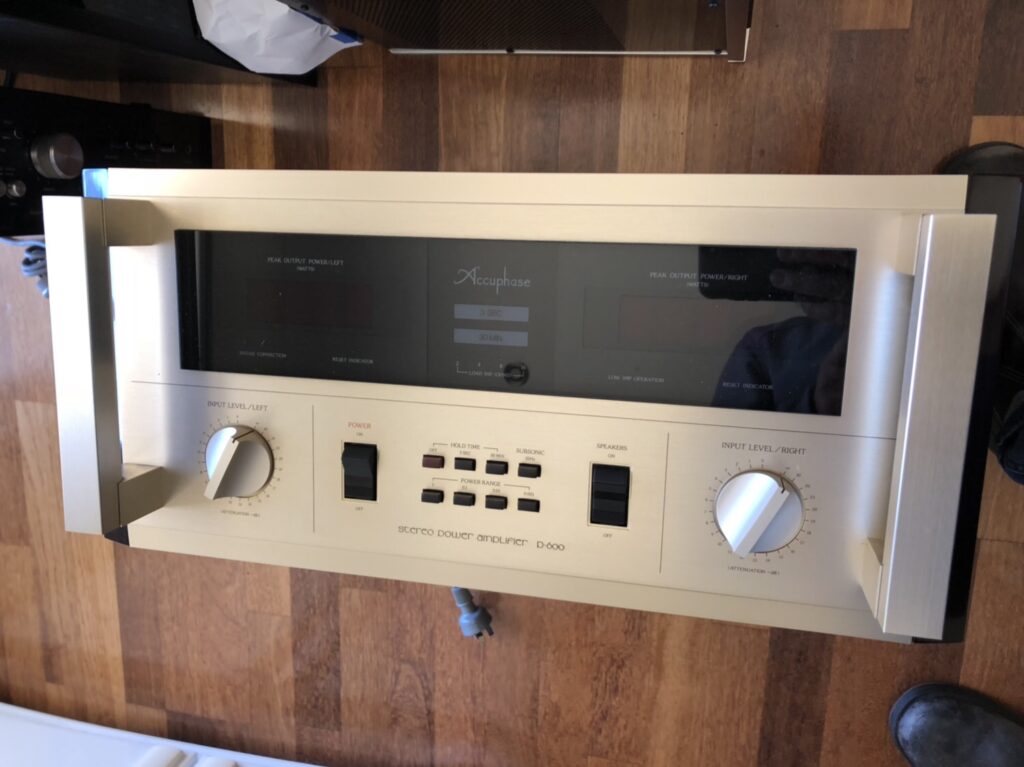
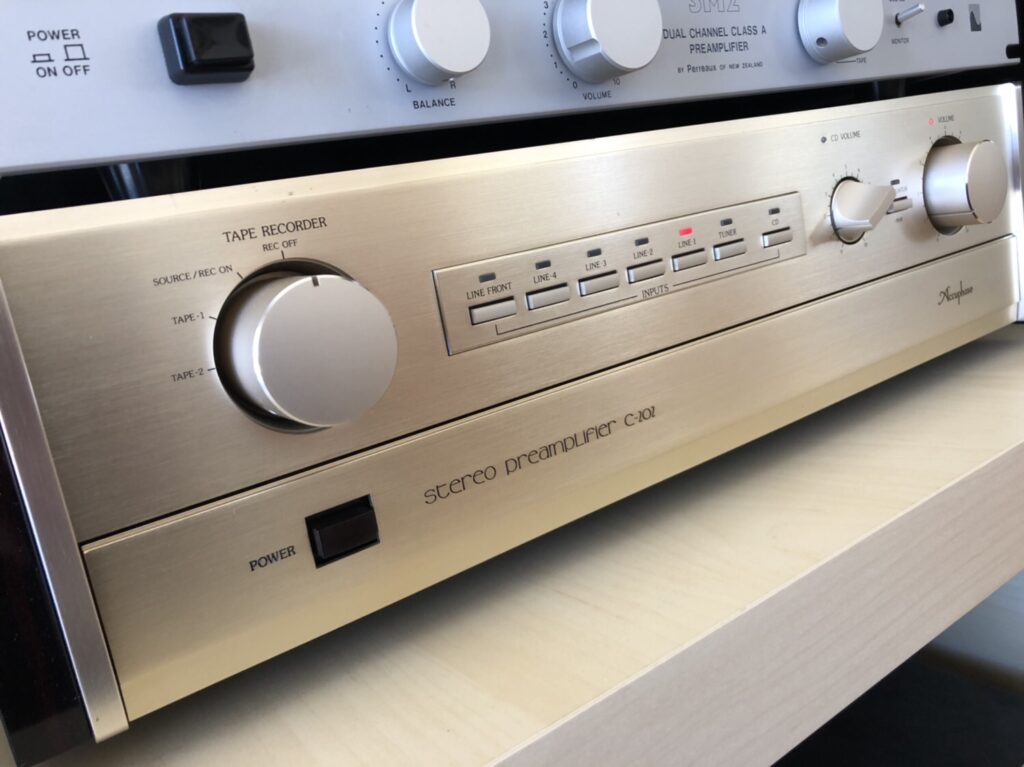

Every time I see your accuphase posts I need to buy another piece
Ha ha! Hope all is well, Alan!